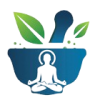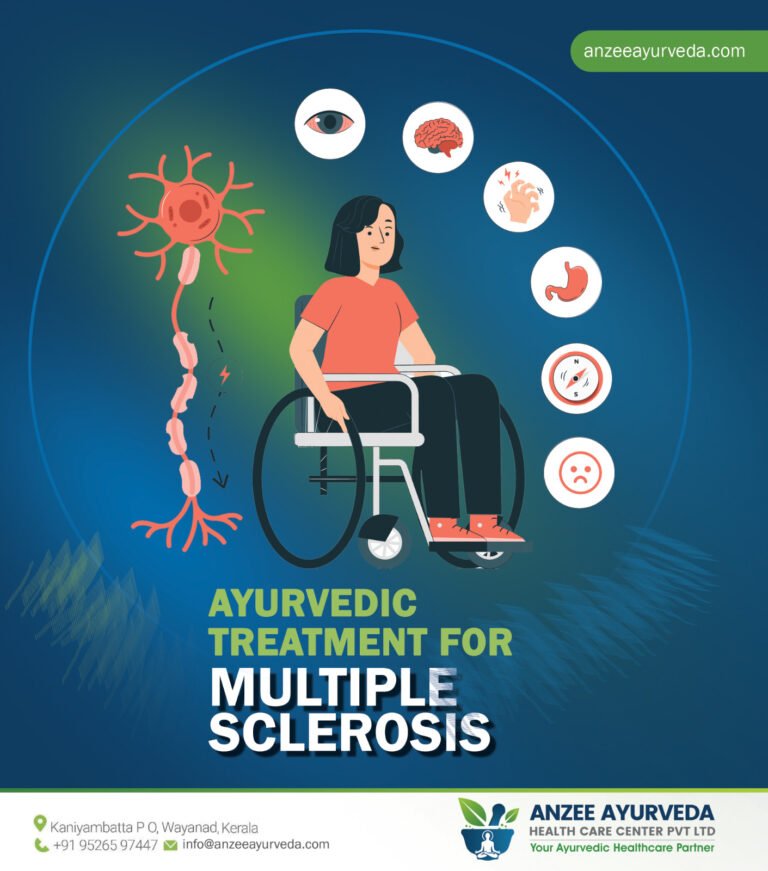Stroke, also known as a cerebrovascular accident (CVA), is a medical emergency that occurs when blood supply to a part of the brain is interrupted or reduced, leading to damage to brain cells. Stroke is a leading cause of disability and death worldwide. While conventional medicine has made significant advancements in the management of stroke, Ayurveda, the traditional Indian system of medicine, also offers a range of treatments for stroke patients. In this blog post, we will discuss stroke and its Ayurvedic line of treatment.
What is Stroke?
A stroke occurs when a blood vessel in the brain becomes blocked or bursts, leading to the death of brain cells. This can cause a range of symptoms, including weakness or paralysis on one side of the body, difficulty speaking or understanding speech, vision problems, and severe headache. There are two main types of stroke: ischemic stroke and hemorrhagic stroke. Ischemic stroke is caused by a blockage in a blood vessel, while hemorrhagic stroke is caused by bleeding in the brain.
Ayurvedic Line of Treatment for Stroke:
Ayurveda views stroke as a Vata disorder that results from the imbalance of the three doshas – Vata, Pitta, and Kapha. The Ayurvedic line of treatment for stroke aims to balance the doshas and restore the normal functioning of the brain. The following are some of the Ayurvedic treatments for stroke:
Panchakarma Therapy: Panchakarma is a traditional Ayurvedic therapy that involves a series of cleansing and rejuvenation treatments. In stroke patients, Panchakarma therapy can help remove toxins from the body and improve blood flow to the brain.
Ayurvedic Medicines: Ayurvedic medicines such as Brahmi, Ashwagandha, and Shankhpushpi are known for their neuroprotective properties and can help improve brain function in stroke patients.
Diet and Lifestyle Changes: Ayurveda emphasizes the importance of a healthy diet and lifestyle in the prevention and management of stroke. A diet rich in fruits, vegetables, and whole grains can help reduce the risk of stroke, while regular exercise and stress management techniques such as yoga and meditation can help improve overall health and well-being.
Nasya Therapy: Nasya therapy involves the administration of medicated oils or powders through the nostrils. In stroke patients, Nasya therapy can help improve cognitive function and reduce the risk of recurrence.
Shirodhara Therapy: Shirodhara is an Ayurvedic therapy that involves the continuous pouring of medicated oil or herbal decoctions on the forehead. In stroke patients, Shirodhara therapy can help improve blood flow to the brain and reduce the risk of complications.
Conclusion:
Blog on Stroke is a serious medical condition that requires immediate medical attention. While conventional medicine has made significant advancements in the management of stroke, Ayurveda also offers a range of treatments for stroke patients. Ayurvedic treatments for stroke aim to balance the doshas and restore the normal functioning of the brain. If you or someone you know has experienced a stroke, it is important to seek medical attention immediately and discuss with your healthcare provider about incorporating Ayurvedic treatments into the management plan.




